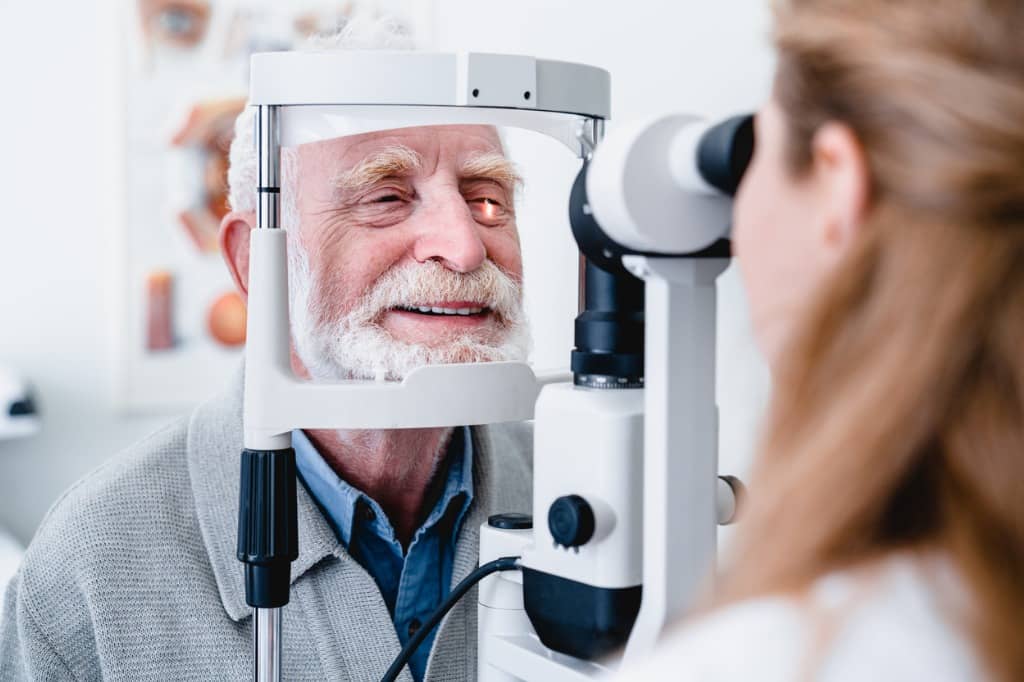What are the Early Warning Signs of Macular Degeneration?
Macular degeneration is a serious eye condition that may lead to significant vision loss if not detected early. But what are the early warning signs of macular degeneration to be aware of? Cascade Eye & Skin Centers has compiled the following information to help you understand macular degeneration and how to spot it.

Understanding Macular Degeneration
The Role of the Macula in Vision
Types of Macular Degeneration
Key Early Warning Signs of Macular Degeneration
Blurred or Wavy Vision
Changes in Color Perception
Difficulty Adapting to Low Light
Dark, Blurry Areas or Whiteout
Distortion of Straight Lines
Factors Influencing Macular Degeneration
- Age: Age is a significant risk factor for macular degeneration. The disease is most common in people over 60, although early-onset forms can occur.
- Genetics: If you have a family history of macular degeneration, you are at a higher risk of developing the condition. Several genes associated with macular degeneration have been identified.
- Lifestyle Factors: Certain lifestyle factors, such as smoking, poor diet, and lack of physical activity, may increase the risk of macular degeneration.
- Environmental Influences: Long-term exposure to harmful UV rays and blue light, especially from the sun, may increase the likelihood of macular degeneration.
- Cardiovascular Disease: People with heart disease or high blood pressure are at a higher risk of macular degeneration due to the link between these conditions and the overall health of the blood vessels in the body, including those in the eyes.




